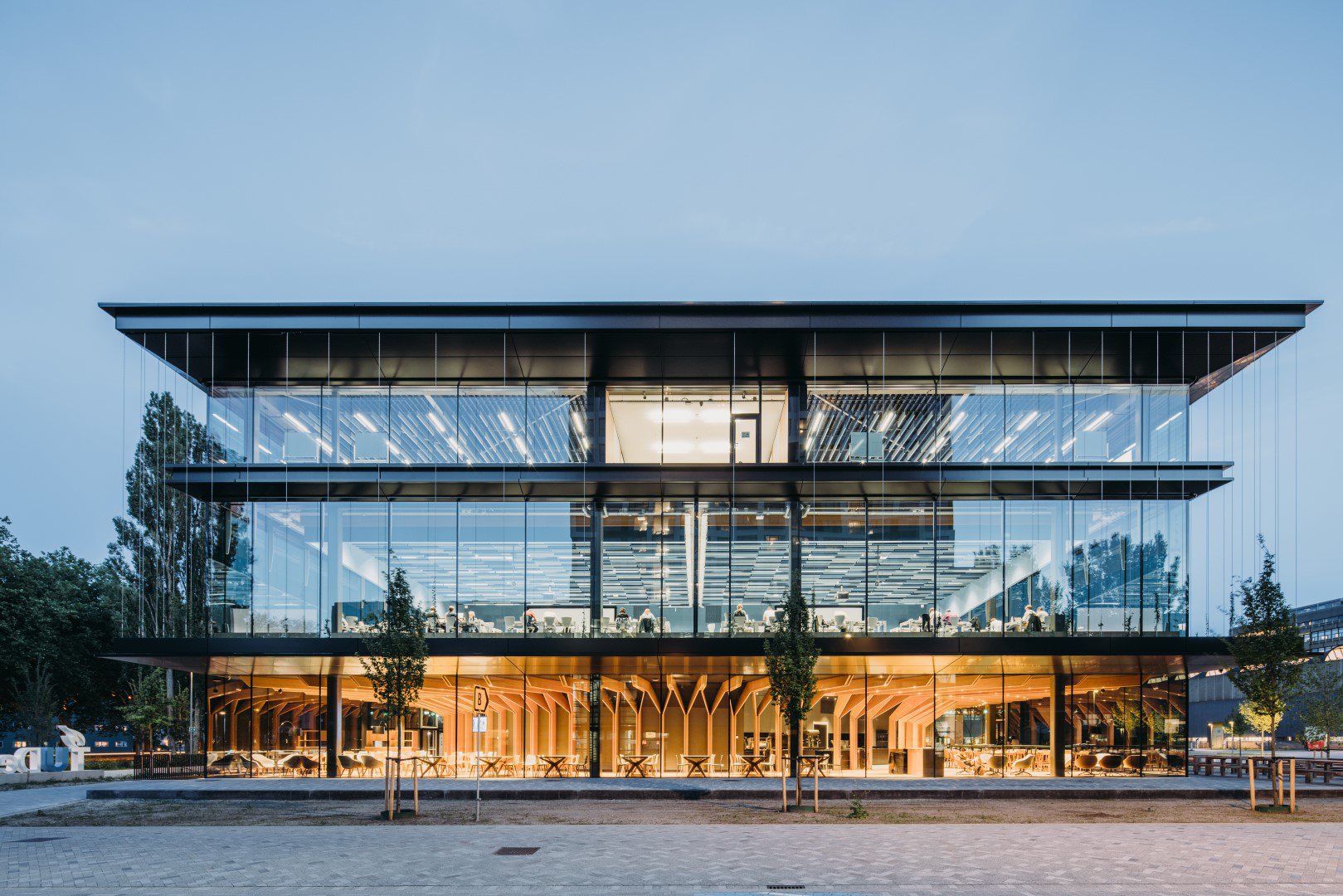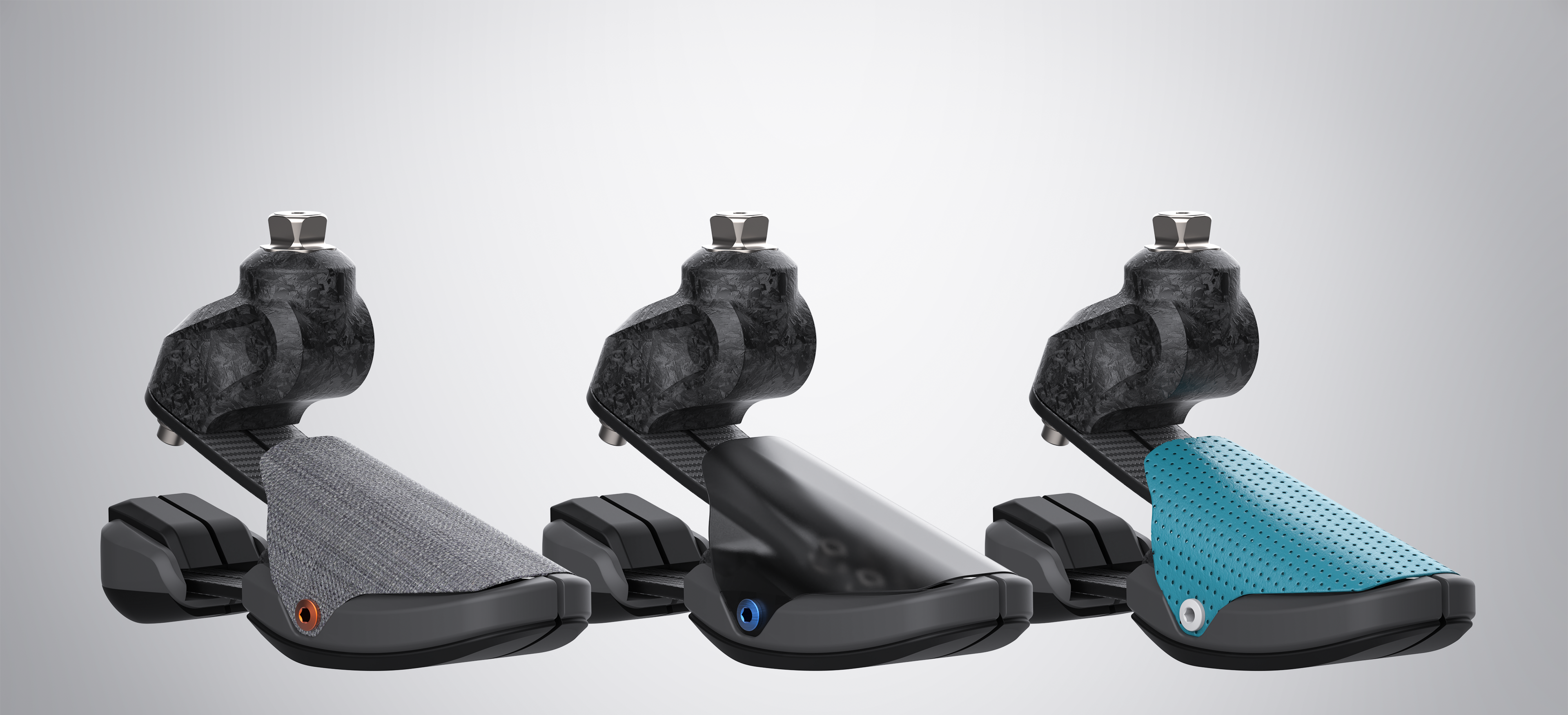
Dutch neuromorphic processor company Innatera Nanosystems has raised 5 million Euros to bring its brain-inspired processing technology to sensors and sensor-based devices. Innatera is a deep tech spin-off of Delft University of Technology and is part of Delft Enterprises portfolio of innovative companies.
Mimicking pattern recognition
Innatera’s neuromorphic processing chip closely mimics the brain’s mechanisms for pattern recognition, enabling sensor data to be processed faster and with less energy than with conventional processors. This allows AI to be embedded into the sensor-edge, unlocking a wide gamut of applications including intelligent speech processing in human-machine interfaces, vitals monitoring in wearable devices, target recognition in radars and lidars, and fault detection in industrial and automotive equipment.
Neuromorphic chip technology
Innatera’s neuromorphic processor chip is different to traditional AI chips and fundamentally changes how sensor data is processed. The technology relies on a new breed of analog-mixed signal computing circuits that recreate the behaviour of the brain’s fundamental building blocks – spiking neurons and synapses. Neural networks built with spiking neurons possess a precise notion of time which enables them to be a factor of 10-100x more compact than conventional artificial neural networks, especially for applications involving data with high spatial and temporal correlations.
Reinventing sensor processing
“The most impactful sensor-driven applications today are limited by the efficiency and speed of the processor, and this is more so in small, battery-powered devices than anywhere else”, CEO Dr. Sumeet Kumar states. “Innatera is reinventing processing for sensors by combining the energy efficiency of analog-mixed signal neuromorphic silicon with the performance gains of true spiking neural network algorithms, in a single integrated compute solution.”
Scaling up R&D
Innatera is developing a suite of proprietary algorithms and an extensive software toolchain to realise the full potential of its neuromorphic silicon. The investment will enable the company to scale up its R&D efforts and accelerate product development to deliver on customer commitments through 2021. The company is hiring aggressively to support its ambitious roadmap.



